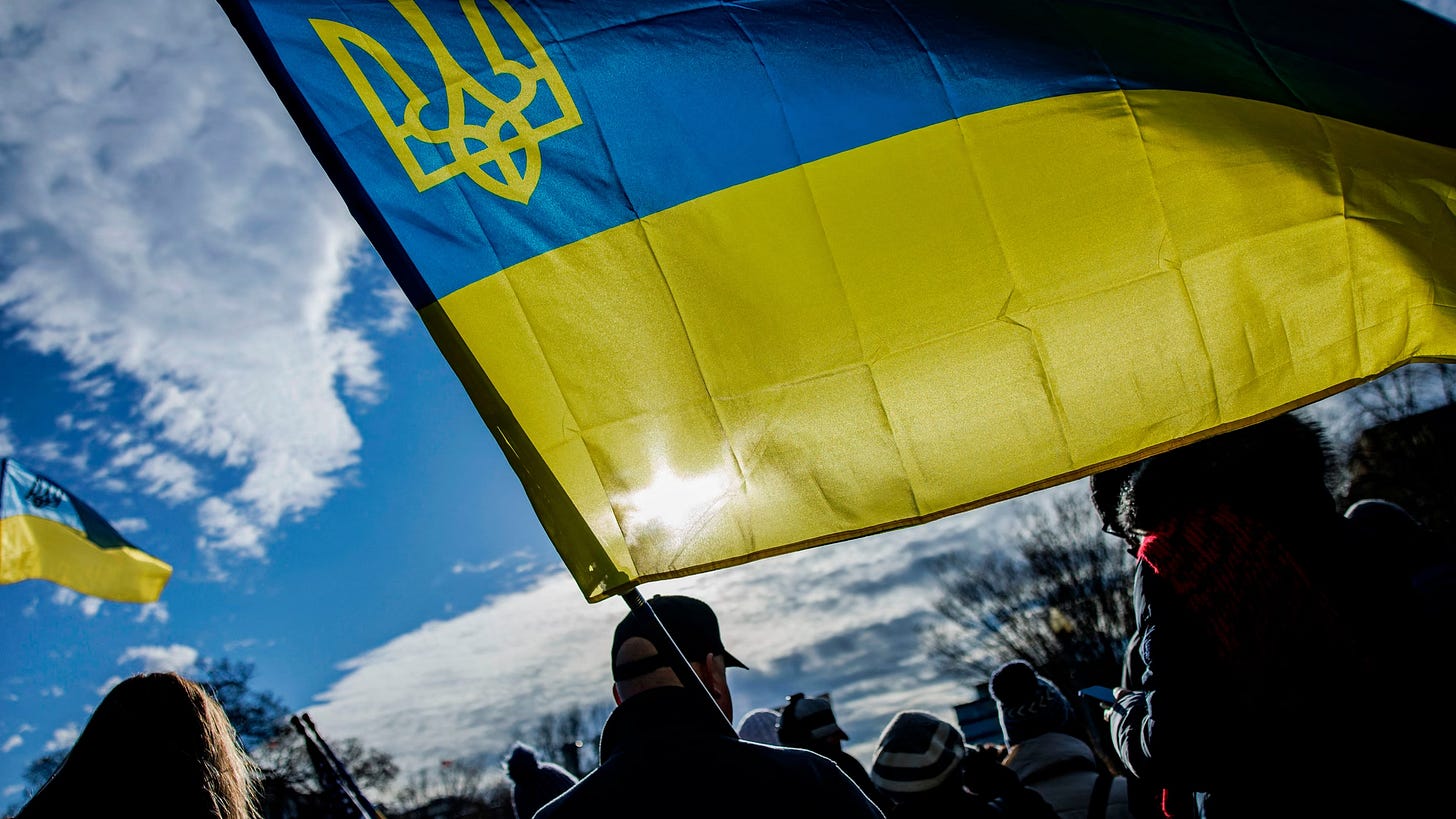The only real reason for Russia’s aggression against Ukraine is its independence
From the moment Ukraine gained independence in 1991, it slowly but steadily emerged from Moscow’s sphere of influence.
From the moment Ukraine gained independence in 1991, it slowly but steadily emerged from Moscow’s sphere of influence. However, after 2014, the Russian authorities finally realized that losing control over Kyiv deprived them of the illusion of a “unified post-Soviet space” and threatened the very existence of the so-called “Russian world.” The decision turned out to be simple and barbaric: “There must be no Ukraine.”
2014: Annexation of Crimea and the beginning of “creeping” occupation
When the Kremlin realized that it could no longer dictate Ukraine’s political course, it decided to seize what had previously obtained the status of autonomy through a parliament loyal to Moscow—Crimea. The next step was to use “Russian-speaking communities” and alleged discrimination against Russian-speaking citizens as a pretext for destabilizing and seizing control over regions in eastern and southern Ukraine.
The main blow fell on Donetsk, Luhansk, Kharkiv, and Odesa—at that time the most corrupt and marginalized regions, where the positions of communists and pro-Russian politicians were historically strong. The Kremlin assumed it would be easiest to “spark a rebellion” there and advance under the guise of “protecting the Russian-speaking population.” In reality, these regions became a testing ground for sabotage, provocations, and armed interventions.
By some miracle, Kharkiv and Odesa were held thanks to the efforts of local activists and the swift response of Ukrainian law enforcement. But Donetsk and Luhansk were occupied by regular Russian troops and mercenaries.
The Minsk Agreements: a break to gather strength
In an attempt to legitimize its aggression and buy time, the Kremlin resorted to the Minsk Agreements, through which it tried to legalize its influence over the occupied territories and turn them into a “cancerous tumor” inside Ukraine. In other words, Ukraine was supposed to remain formally independent but saddled with a “Donbas mechanism” of constant crisis and pressure—an easy tool for the Kremlin to exploit.
However, the plan did not go as intended: the Ukrainian side, supported by the international community, increasingly realized that “Minsk” was merely a cover for further blackmail and expansion.
2022: A new phase of the war
When the “creeping” occupation ceased to work, Russia went for broke and unleashed a full-scale invasion of Ukraine. The masks were off, and no one was talking about any “people’s republics” anymore—the entire world saw that it was about seizing a sovereign state with the aim of dismantling it. Essentially, it was a continuation of the same Kremlin line: “There must be no Ukraine.”
The decisive role of the Ukrainian people
The main obstacle to the Kremlin’s plans is the Ukrainian people, who, despite pressure, threats, and blatant violence, managed to mobilize and repel the Russian aggression. Thanks to the resilience of its citizens and the support of its allies, Ukraine not only managed to hold out but also went on the counteroffensive.
Conclusion
For years, the Russian Federation tried to come up with a respectable pretext: “protection of Russian speakers,” “fight against Nazism,” “demilitarization,” “denazification”… But the only real reason for the attack is the Kremlin’s unwillingness to accept the existence of an independent, democratic, and sovereign Ukraine.
The war launched by Moscow should be understood as an attempt to destroy the Ukrainian state, forcing it to “dissolve” into a new Russian imperial project. And if not for the determination of the Ukrainians, that plan might have succeeded.



